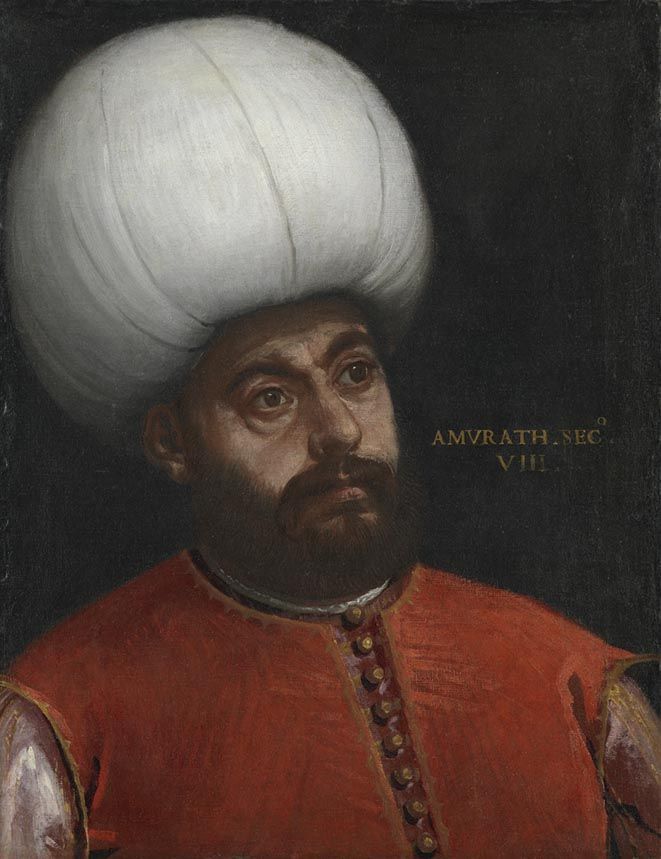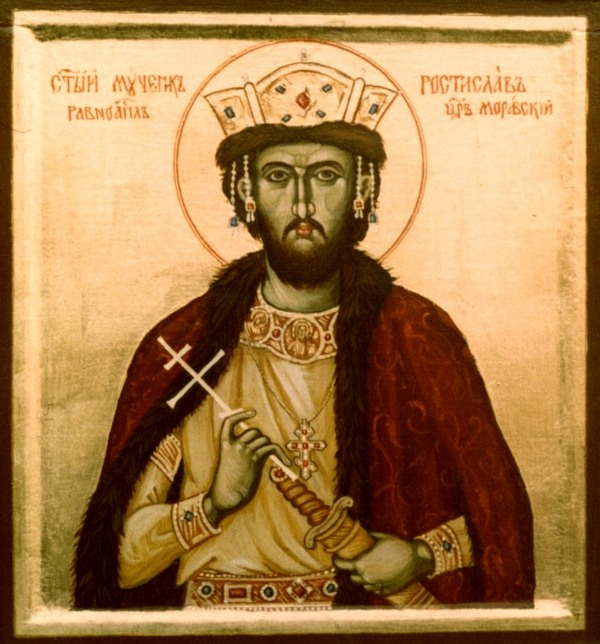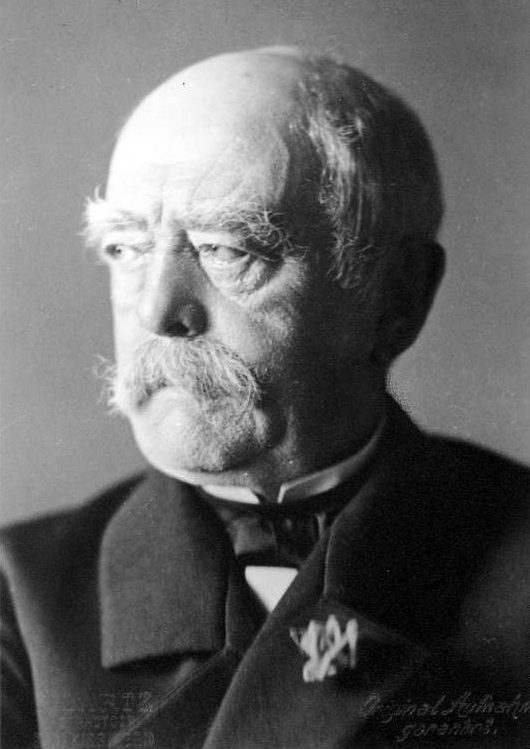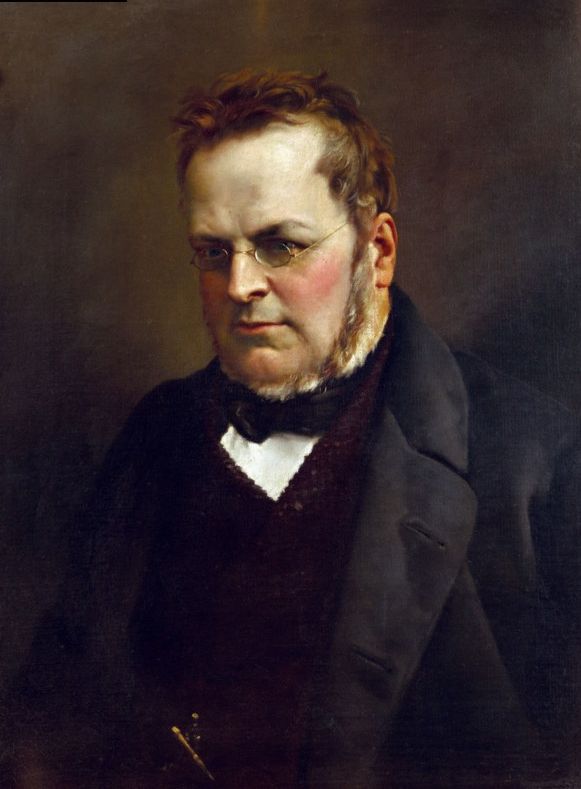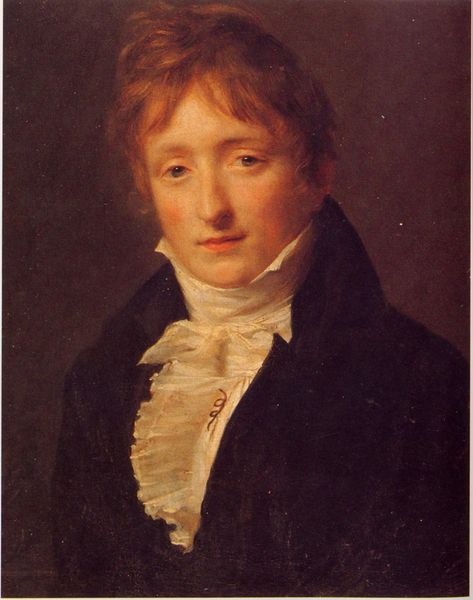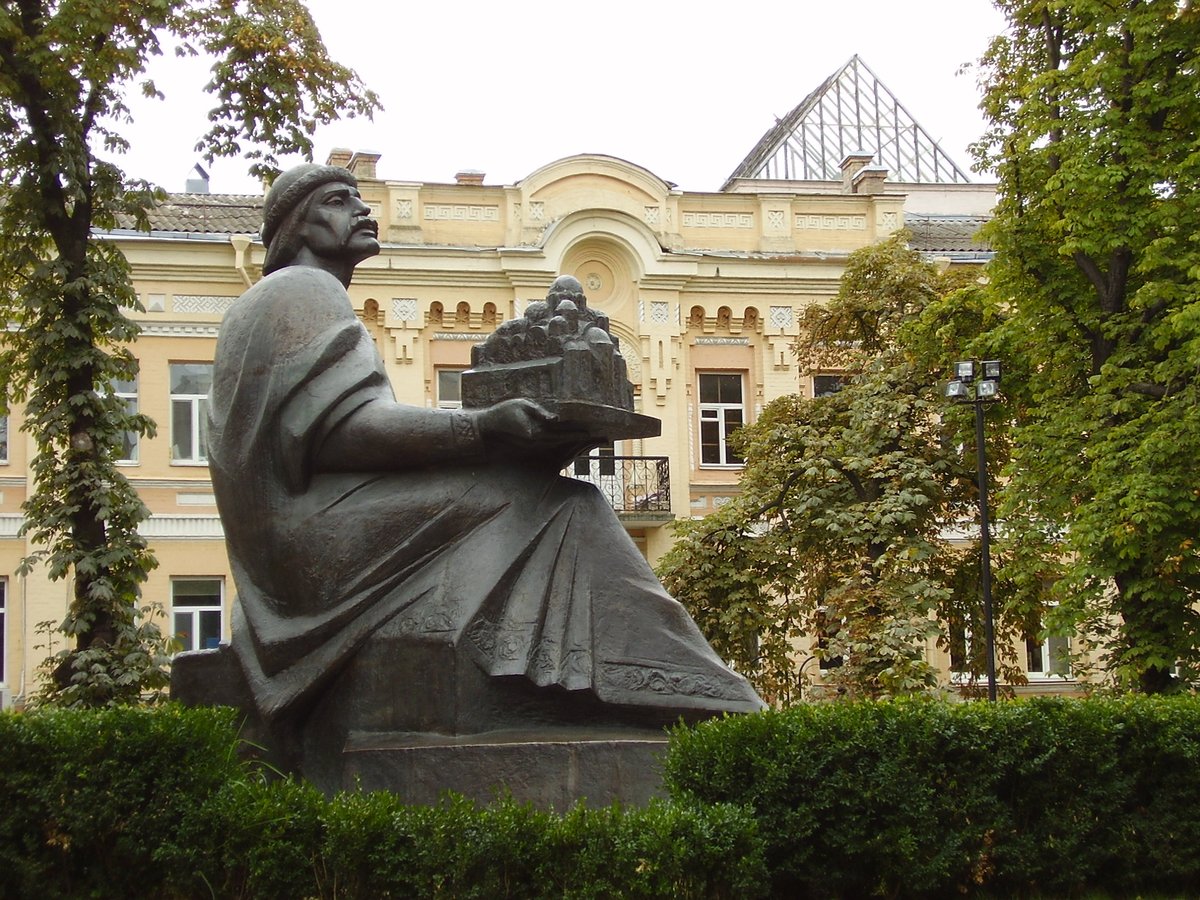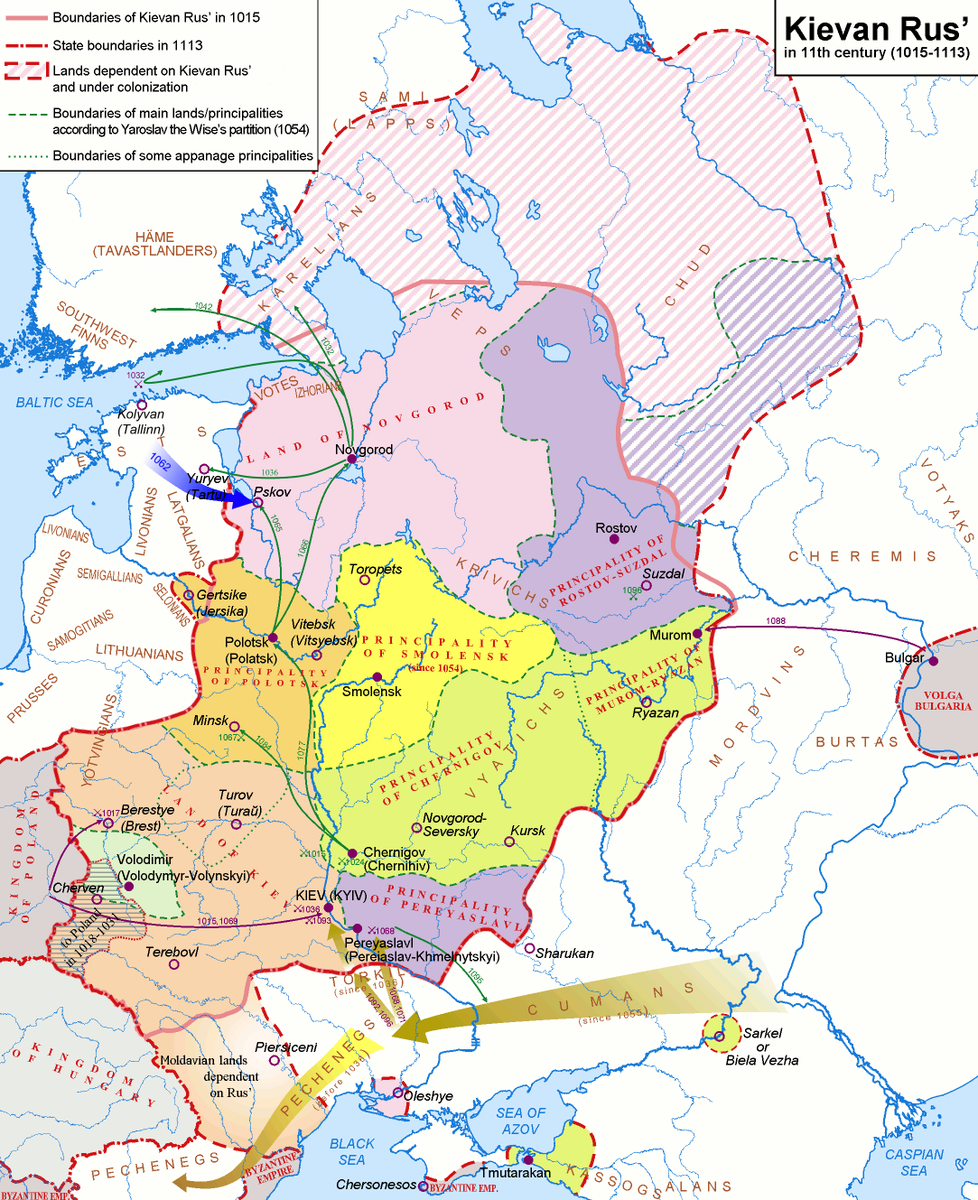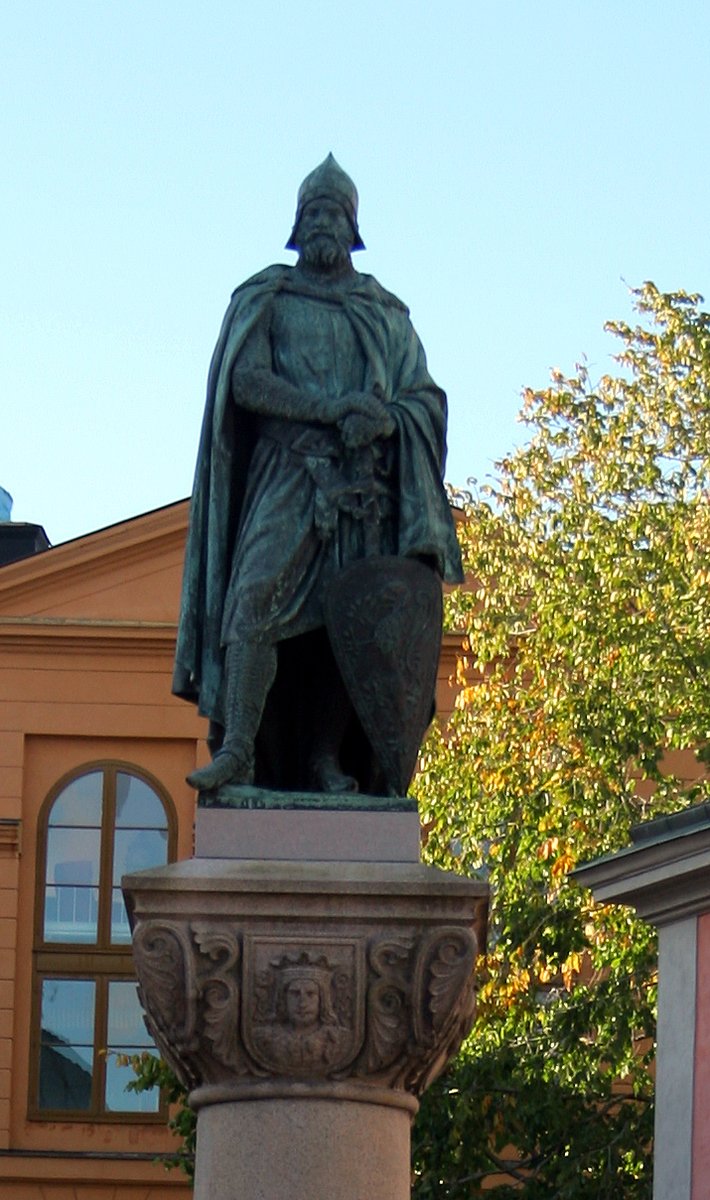Cousins at war, turn allies against more powerful opponents, in defeat and in victory.
A new power rises in the East, but not high enough.
Story in the evening ...
A new power rises in the East, but not high enough.
Story in the evening ...
https://twitter.com/Arby_K/status/1437605771215134722
Vytautas was born in 1350 to Kęstutis, Duke of Trakai & Samogitia and Birutė. Kęstutis and his brother, Algirdas, shared the rule of Lithuania. But after Algirdas died in 1377, there was a tussle for power among the sons of Algirdas, who also took the fight to Kęstutis. 1/10 

By 1380, Jogaila, one of Algirdas' sons had overcome his brothers' opposition. He then allied with the Teutonic Knights against Kęstutis. In 1381, Jogaila captured Kęstutis and Vytautas, with the former ending up dead soon. 2/10 

By 1384, Jogaila reconciled with his cousin, returning the territories he seized from him except Trakai, which he gave to his brother, Skirgaila. Meanwhile, Vytautas allied with the Teutonic Knights against his cousin. He also gained Volhynia from his uncle, Liubartas. 3/10 

When Jogaila became King of Poland, he put Skirgaila in charge of Lithuania. Vytautas, allied with the Teutonic Knights, resisted him. In 1392, Jogaila offered to put Vytautus in charge of Lithuania in place of Skirgaila. Vytautus thus became the de facto ruler of Lithuania. 4/10 

In 1391, Vytautas had married off his daughter, Sofia, to Vasily, Grand Prince of Moscow. He looked towards east as his sphere of influence, occupying the Rus' Principality of Smolensk in 1395. By 1398, he ruled over a region stretching from the Baltics to the Black Sea. 5/10 

This brought him near the Mongol sphere of influence. Khan Tokhtamysh of Golden Horde had taken refuge with Vytautas after he was deposed by Temür Qutlugh. Vytautas battled the new Khan with an array of allies from Jogaila to Teutonic Knights, but was defeated decisively. 6/10 

The defeat had a cascading impact. Smolensk freed itself till 1404. Teutonic Knights backed Skirgaila against Vytautus. They also got Samogitia for supporting Vytautas against Mongols. Vytautas fought a brief battle against Moscow, while he consolidated his rule from Trakai. 7/10 

When the truce with Teutonic Knights ended in 1410, Vytautas and Jogaila led the Polish Lithuanian forces against them defeating them at Grunwald. Samogitia was recovered and the State of the Teutonic Knights went into a slow decline. 8/10 

In 1413, the union of Poland and Lithuania would get more formalized, but the states would remain distinct. It would lead to closer cultural links between the two nations and culminate in the formation of the Polish - Lithuanian Commonwealth in 1569. 9/10 


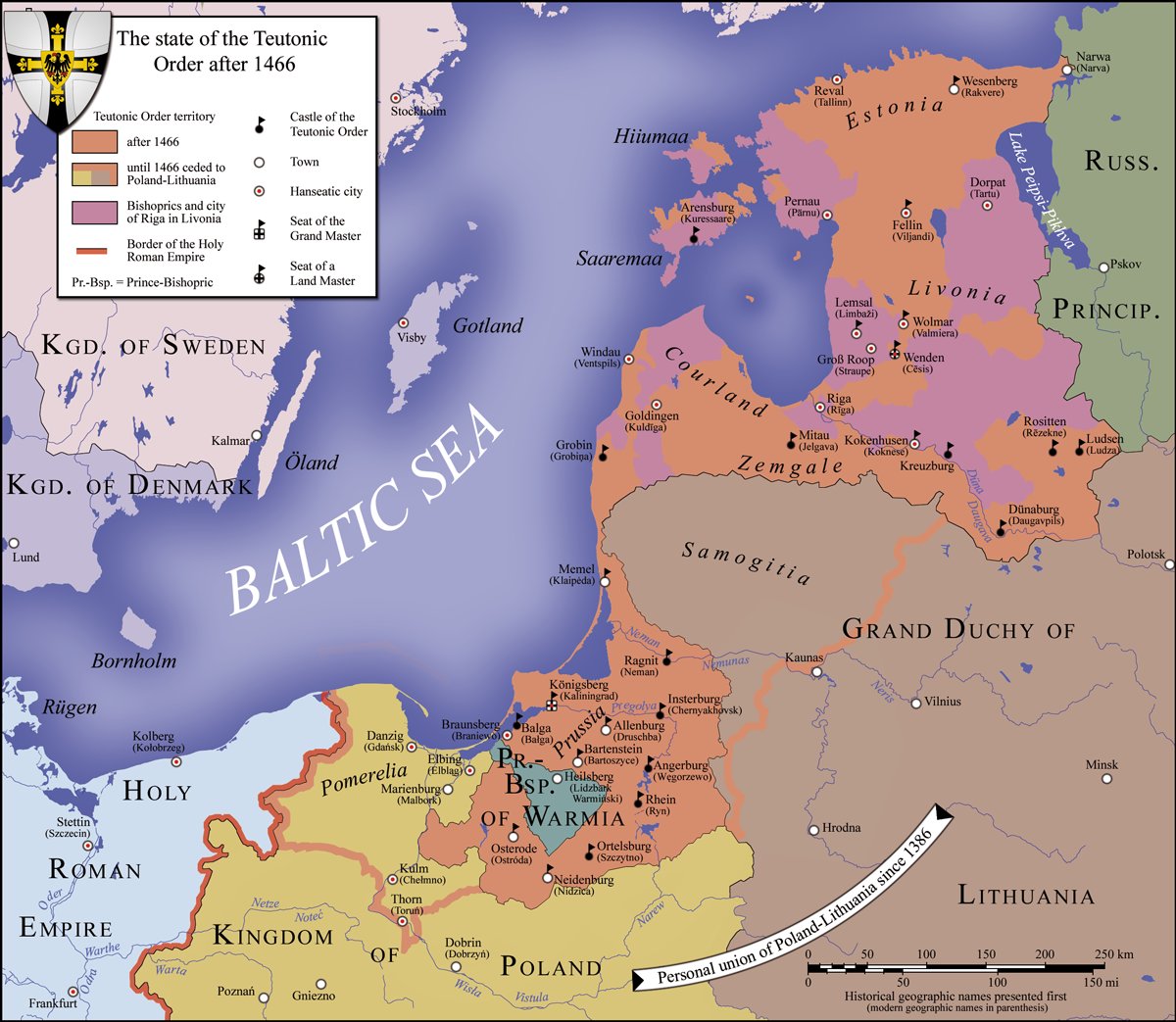
In 1429, Vytautas would be offered the title of King, but he would die before a formal coronation. A brother of Jogaila, Švitrigaila, would be elected as the new Grand Duke of Lithuania, but in 1447, Jogaila's son, Kazimierz, would unite the rule of Poland and Lithuania. 10/10 

• • •
Missing some Tweet in this thread? You can try to
force a refresh


